When we talk about technology, we often think of things like AI, smartphones, genetic modification, or rocket science. But if you take a step back, technology has always been part of our lives, starting with something as fundamental as agriculture and cooking. In fact, everything we create begins with nature and biology.
It is fascinating how we can now take inspiration from the intelligence of cells to design new computer systems, light up our homes with electricity generated by microbial fuel cells, or dye textiles using microbial inks made from waste streams. While the 20th century was defined by oil and industrialization, the 21st century belongs to biology. But we haven’t fully embraced this shift yet.
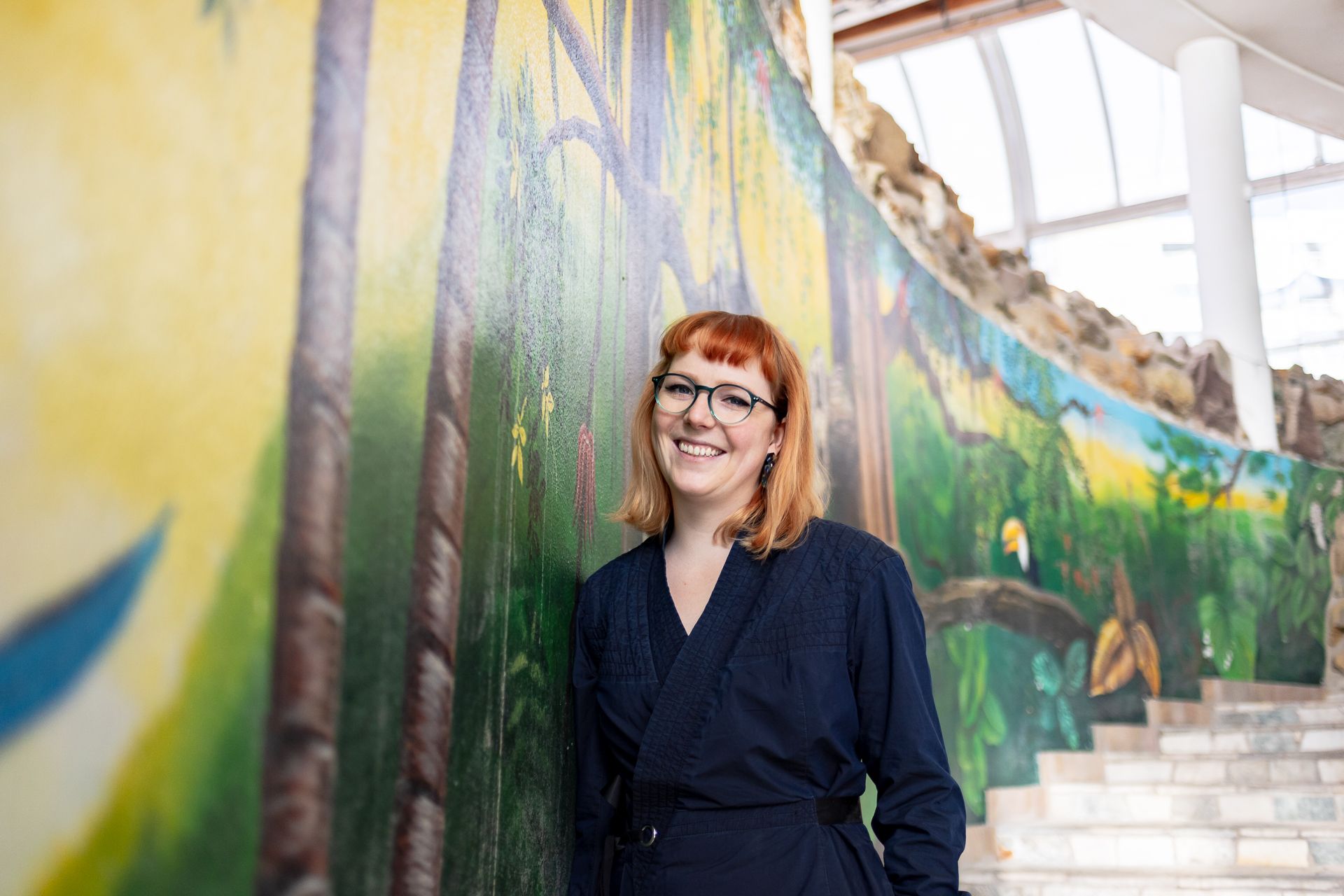
The challenges of bio-based materials
The reality is that bio-based materials face a battle against the affordability of petrochemicals, low labour costs, and regulatory barriers. It is not just the fashion and textile industries that struggle with this; construction and other sectors face the same challenges. Money, time, and the impatience of industries that want instant results are the biggest hurdles.
Through chemistry, we were able to scale up affordable materials and mass production, but we also caused immense environmental damage. To me, it often feels like nature and technology are seen as two separate things when, in reality, they should be deeply connected in symbiosis.
Progress in biodesign
Nature is our greatest designer, and over the past decade, we have seen incredible progress in biodesign and biodegradable materials. We now have the ability to produce them on a larger scale, and I have noticed more designers, architects, and urban planners turning to sustainable alternatives, whether it’s natural insulation, animal-free leather, or projects to restore our coral reefs. This shift isn’t just about materials. It is about rethinking entire systems: how we produce, distribute, use, recycle and dispose of resources across food, materials, electronics, transport, and construction.
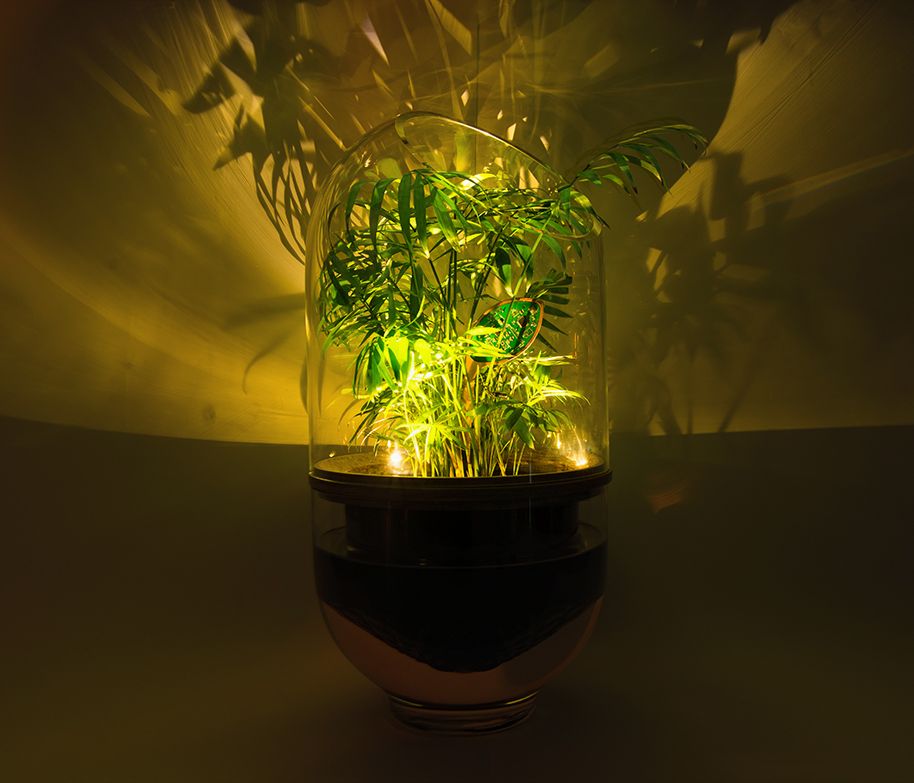
Collaboration between science and design
My challenge started as a student, trying to get into school laboratories, the door was slammed hard. Why would a design student want to work in the lab? In my mind it was the only reason I wanted to be a product designer: to collaborate with science to develop more sustainable materials. In 2012 this was still a fairly new concept. This frustration was put into practice, when I founded BlueCity Lab, based in the old Tropicana waterpark, back in 2016. This lab is a circular playground for bioneers in Rotterdam where we support the transition towards a biocircular economy by facilitating a platform and laboratory space for a growing community. These bioneers work on physical materials, products and processes for a regenerative economy that fits within the planetary boundaries.
Fortunately, a lot has changed. Art schools see laboratories as the new workshop and are opening them within their institutes. Awards like the Bio Art & Design Award, where you can submit a proposal as a designer or artist, and then collaborate with universities to use their knowledge and facilities.
Working with experienced scientists makes you realise how much creativity there is in scicence. Their brains just work differently. Once you understand, and respect, doors will open.
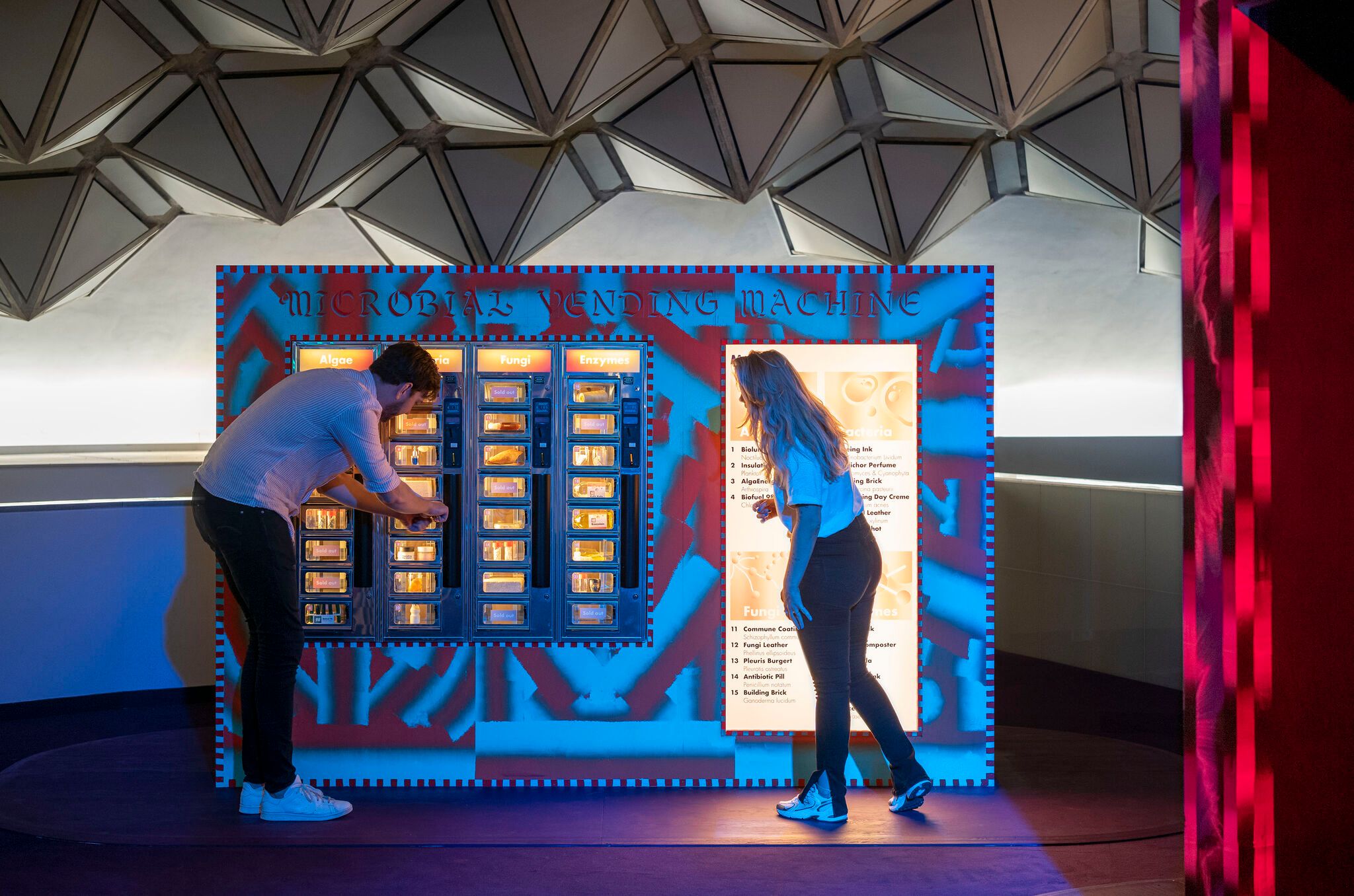
From garage biology to real-world applications
Biodesign and fabrication has moved from garage biology to real-world applications, from fashion to food, offering alternatives for coatings, dyes, and even cosmetics. But why aren’t these innovations widely available yet?
One of the biggest reasons is urgency. Many industries, as well as investors, shy away from long, expensive R&D processes. Legislation and permits are not yet ready to replace carbon-negative materials and open up clean factories at large. The challenge is not just technological readiness but also societal acceptance.
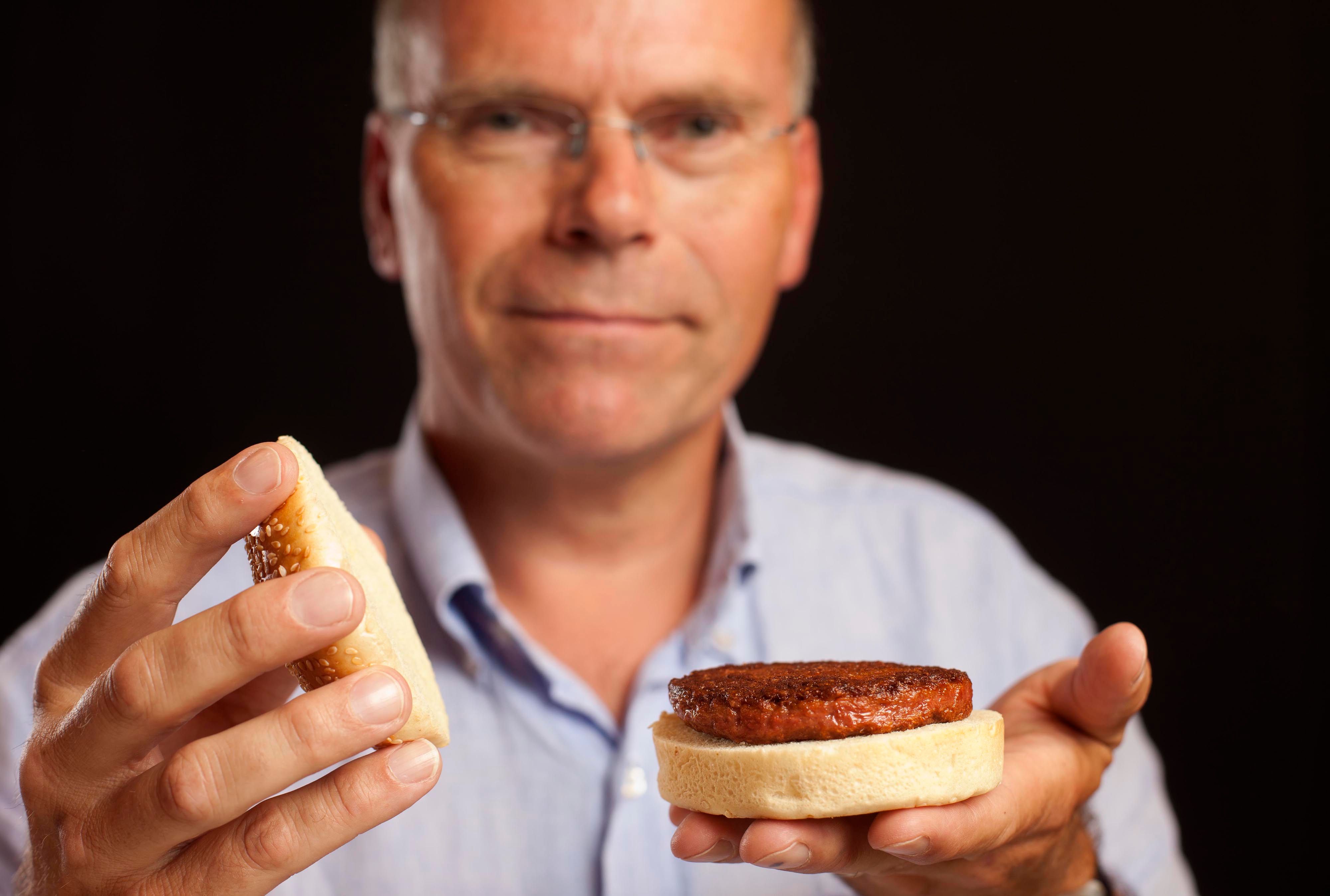
Looking toward the future
Even if you are not working on a material but on a project with a slightly speculative take, like my The Microbial Vending Machine project, it is fascinating to learn that the designer’s speculation is often not far away from reality. Mother Nature already designed it for us.
Main image © Jaqueline Fuijkschot for BlueCity

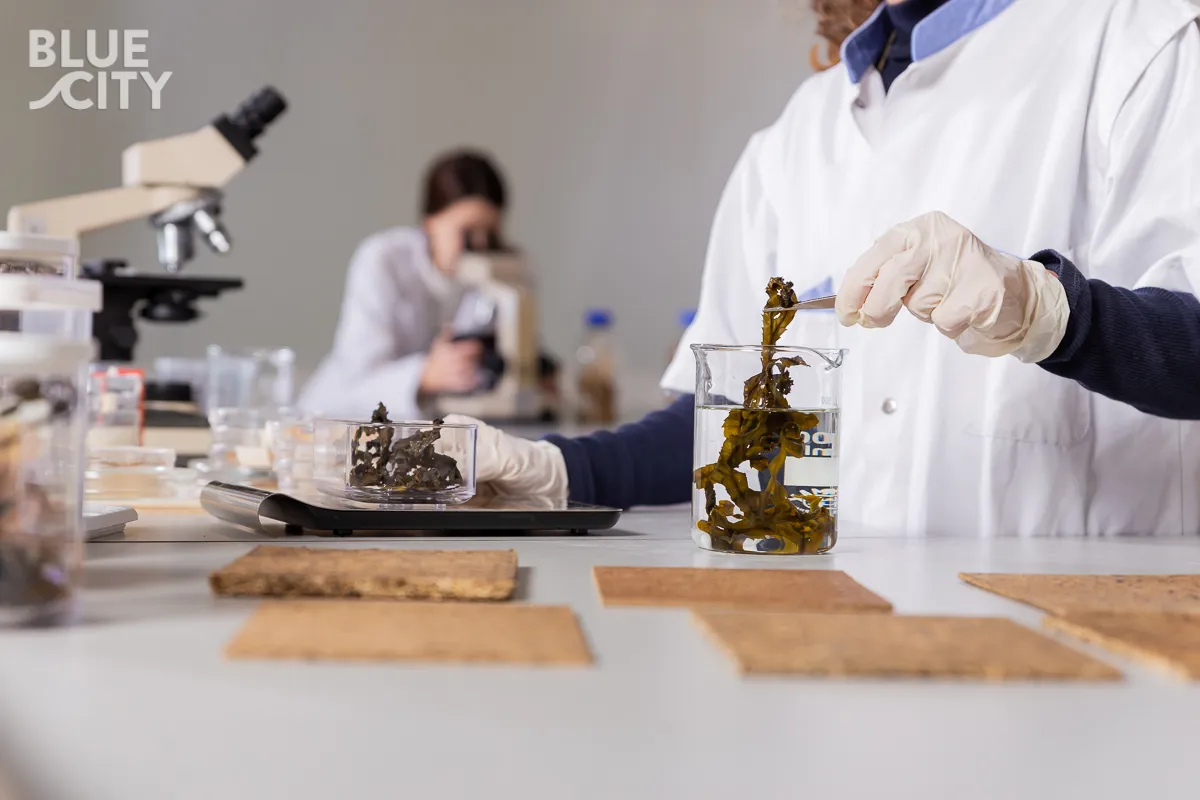
Comments (0)
Share your thoughts and join the technology debate!
No comments yet
Be the first to share your thoughts!